Greater celandine / Chelidonium majus / is a perennial herbaceous plant of the Papaveraceae family. The stem is blue and branched, reaching a height between 12″ (30 cm) - 35.5″ (90 cm), bare or with scattered soft trichomes. The leaves of this plant are consistently arranged with the lower ones having petioles and the upper ones being sessile and bare.
The flowers are arranged from 2 to 6 in simple umbrellas, which are located in the axils of the upper leaves. They have a cup of 2 yellow-green leaflets. The corolla is bright yellow and four-leafed. Stamens are numerous. The fruit of greater celandine is pod-like, up to 2″ (5 cm) long, and splits into two parts. The whole plant contains a milky yellow-orange juice. It blooms in the months from May to June.
Greater celandine is found in moist and shady, rocky places around gardens across the country. Greater celandine is also known by the name tetterwort.
Composition of greater celandine
The milky juice of the fresh herb contains alkaloids in varying amounts (around 3%). They mainly relate to helidon acid, but may also be salts of citric and malic acid.
The alkaloids in greater celandine fall into three main groups - protopines, protoberberines and a group of benzophenanthridines.
Representatives of the last group are chelerythrine, sanguinarine, chelidonine, homohelidonin. Of these, the main active alkaloid is chelidonine. The plant contains up to 0.4% chelidonine. It is composed of saponins, some organic acids, vitamin C, provitamin A, flavonoids and others.
Collection and storage of greater celandine
For medicine, the aerial and underground parts of greater celandine and its fresh juice are collected. The above-ground part of greater celandine is collected at the beginning of flowering.
It is severed at a distance of 4″ (10 cm) from the ground and one must always be careful not to crush it during handling. Dry it in the shade. The leaves of the dried herbs are grey below and light green on top. It no smell but tastes bitter. Store in a well ventilated, dry and shady place.
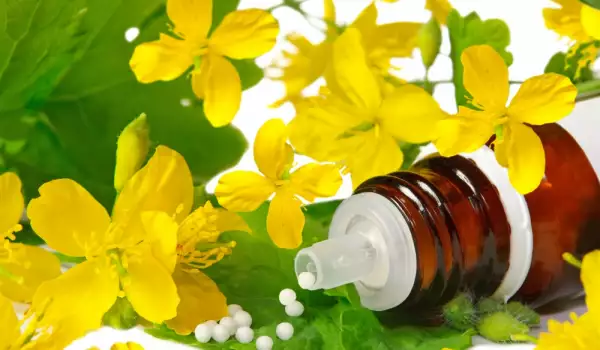
Benefits of greater celandine
Many people believe that greater celandine is a simple weed. However, it has an excellent capacity to purify the blood and is a perfect ally in the fight against severe liver disease. By purifying the blood and liver, this herb improves metabolism.
This plant is used to treat diseases of the kidneys and gallbladder. The helidonin in the herb inhibits the central nervous system, has analgesic effects, acting as a sedative and painkiller.
In large doses, sanguinarine improves peristalsis of the intestines and activates salivary secretion. Generally, the herb has good antispasmodic action, stimulates the liver, regulates rapid heartbeat, lowers blood pressure.
Excess hair growth in women is most likely due to kidney disorders. Some believe that anointing of the affected areas with the juice of greater celandine helps with problematic hair. The juice can be prepared using a juicer. Stored in the refrigerator, it is effective for up to 6 months.
In dermatology, greater celandine is used for the treatment of herpes, warts, calluses, eczema, skin cancer. The herb helps in the treatment of psoriasis too.
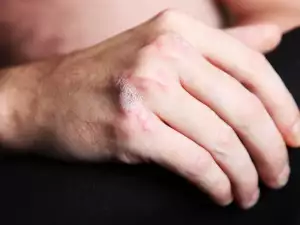
The sanguinarine in the herb, in the form of an oily or aqueous extract, is widely used in dentistry to treat festering gums and stomatitis. In obstetrics, it is used against cervical erosions.
Traditional medicine with greater celandine
In folk medicine, extracts of greater celandine are applied in various diseases. The fresh juice of the aerial parts of the herb is recommended for external warts, pigmented spots, corns.
It is used to accelerate the healing of wounds. A decoction of greater celandine is also recommended for the treatment of ascites that accompany liver cirrhosis.
2 cups (500 ml) of boiling water are poured over 1 tablespoon of the herb and allowed to stand for 1 hour. The resulting extract is filtered and one brandy cup of it is taken 3-4 times a day.
Dangers of greater celandine
Treatment with concoctions of greater celandine must be done under medical supervision. Large doses of these drugs cause poisoning, whose symptoms are excessive thirst and headaches, dizziness and hallucinations.
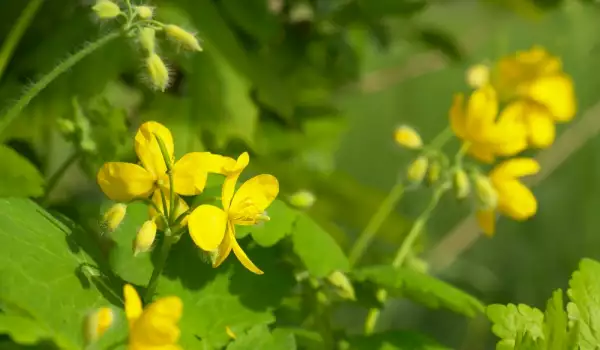
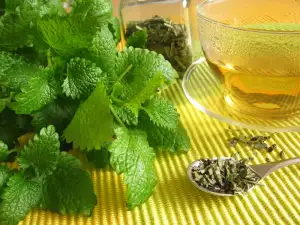
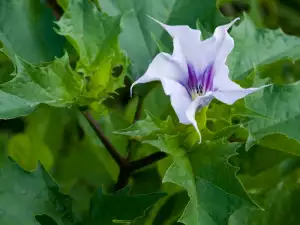
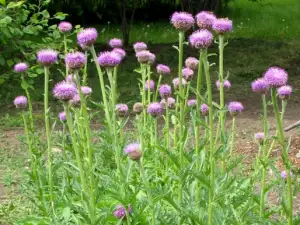
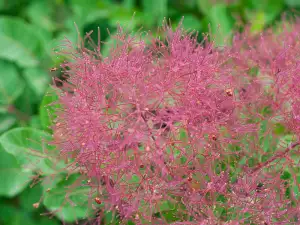








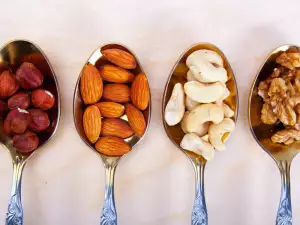
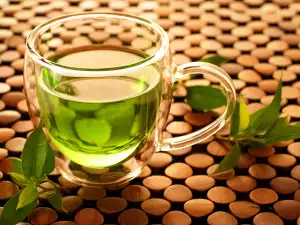
Comments